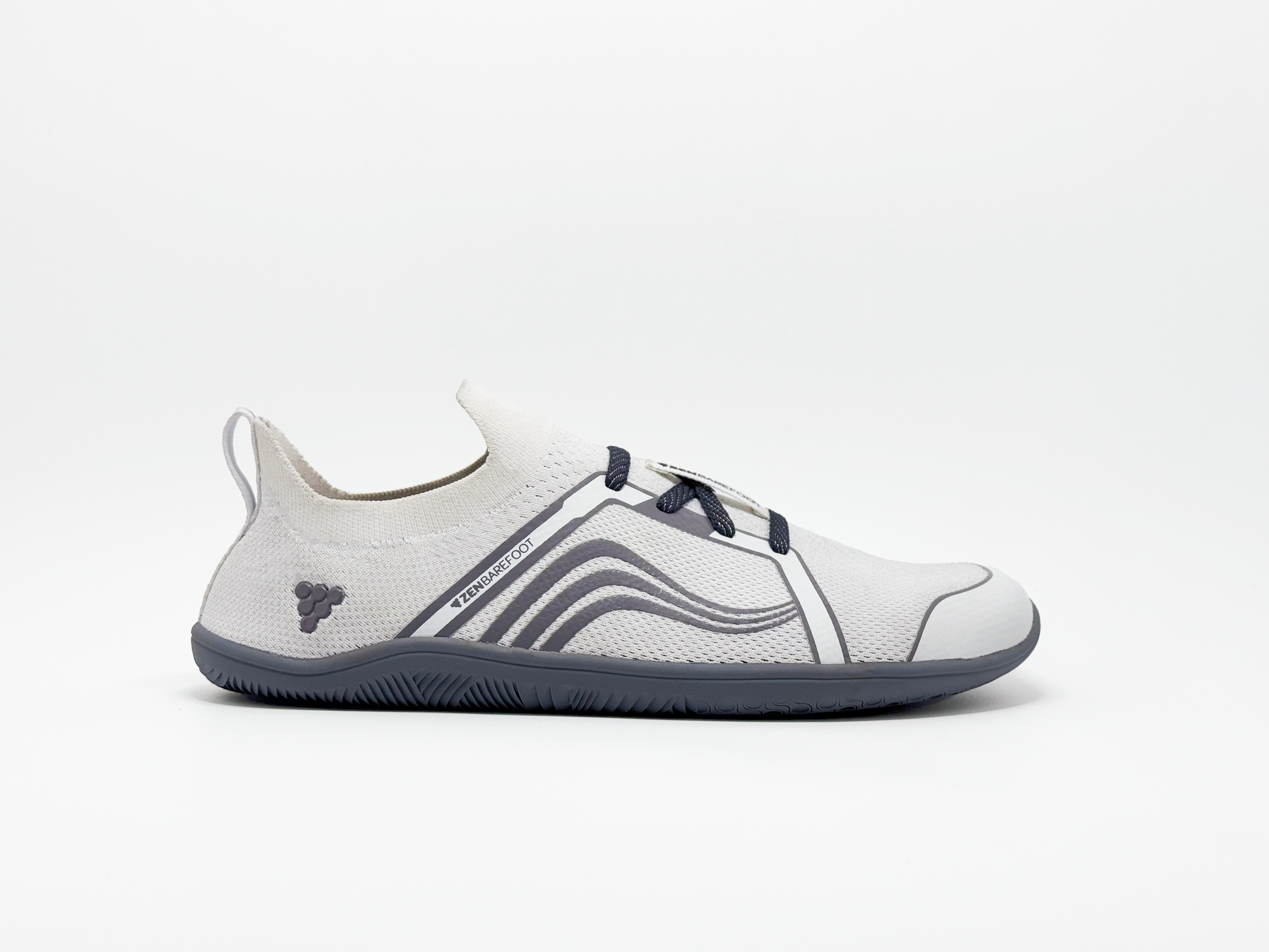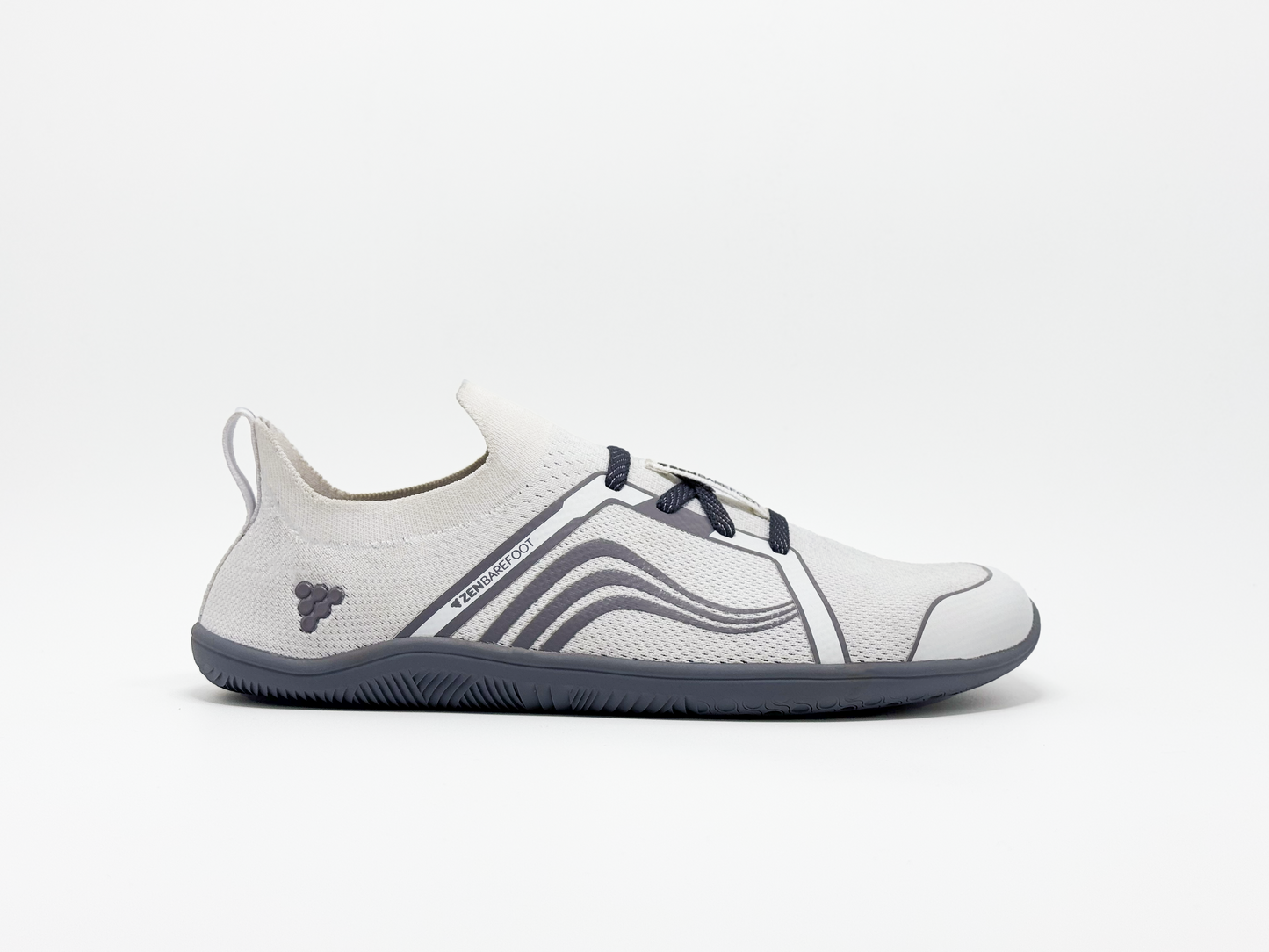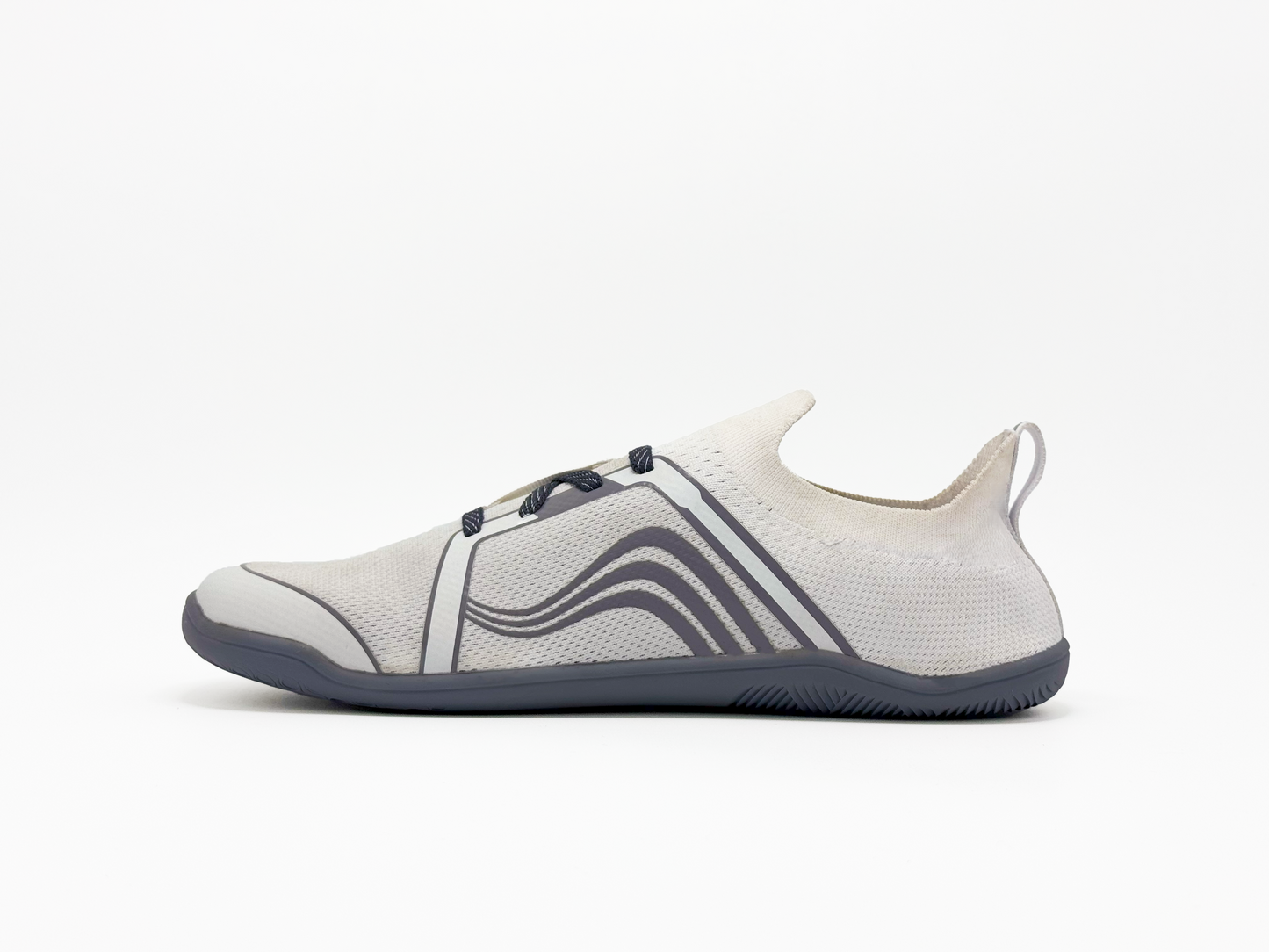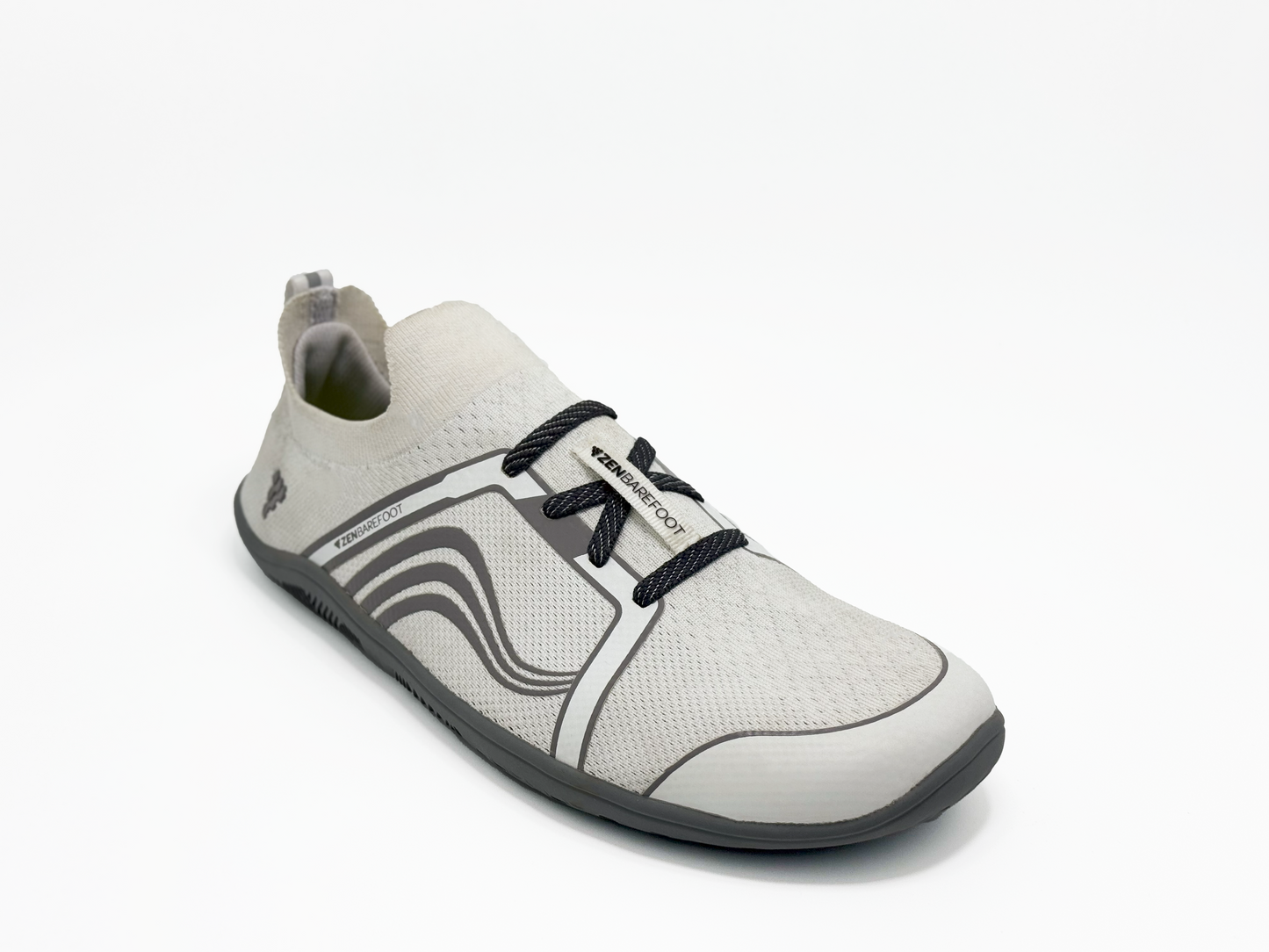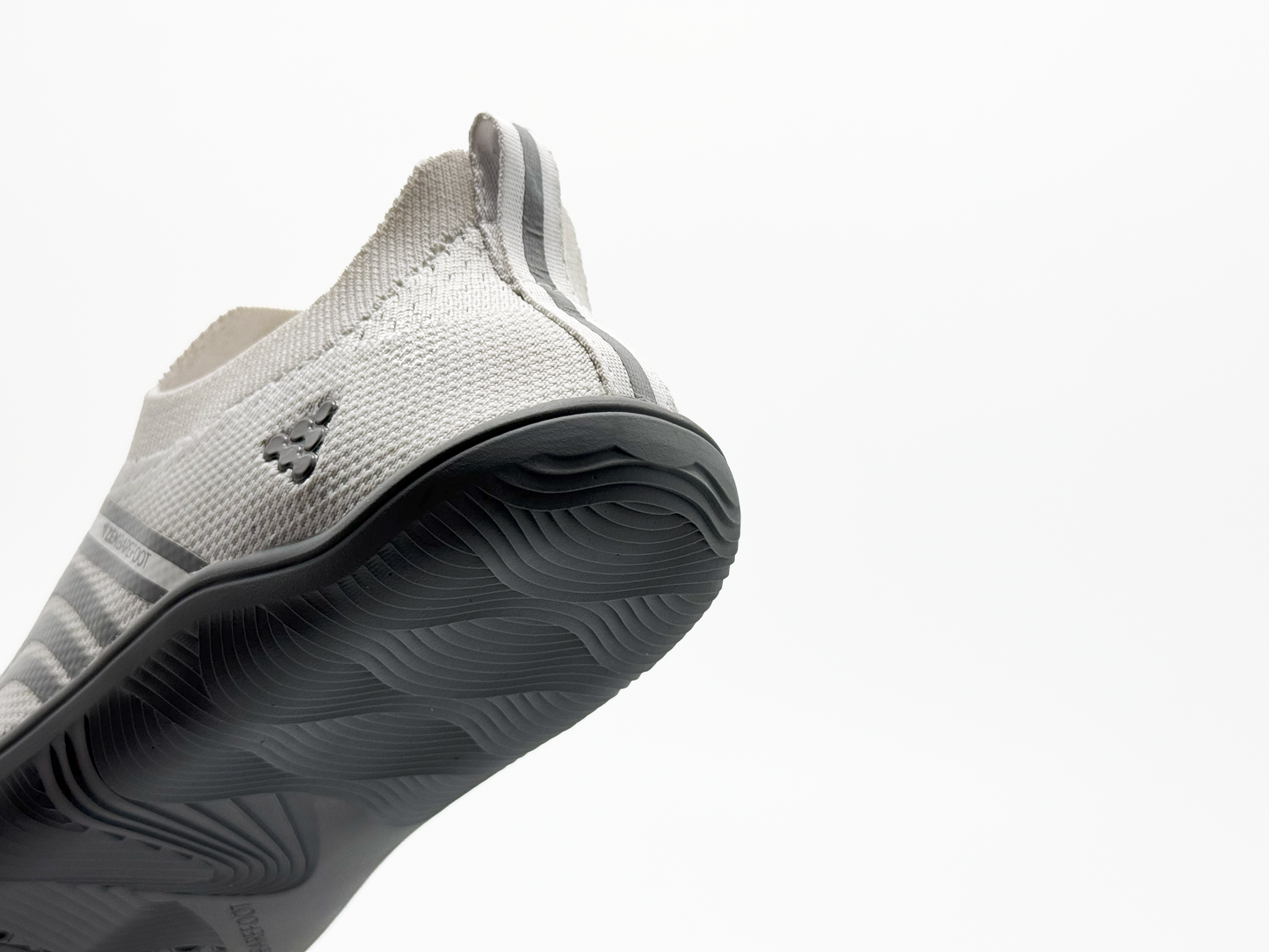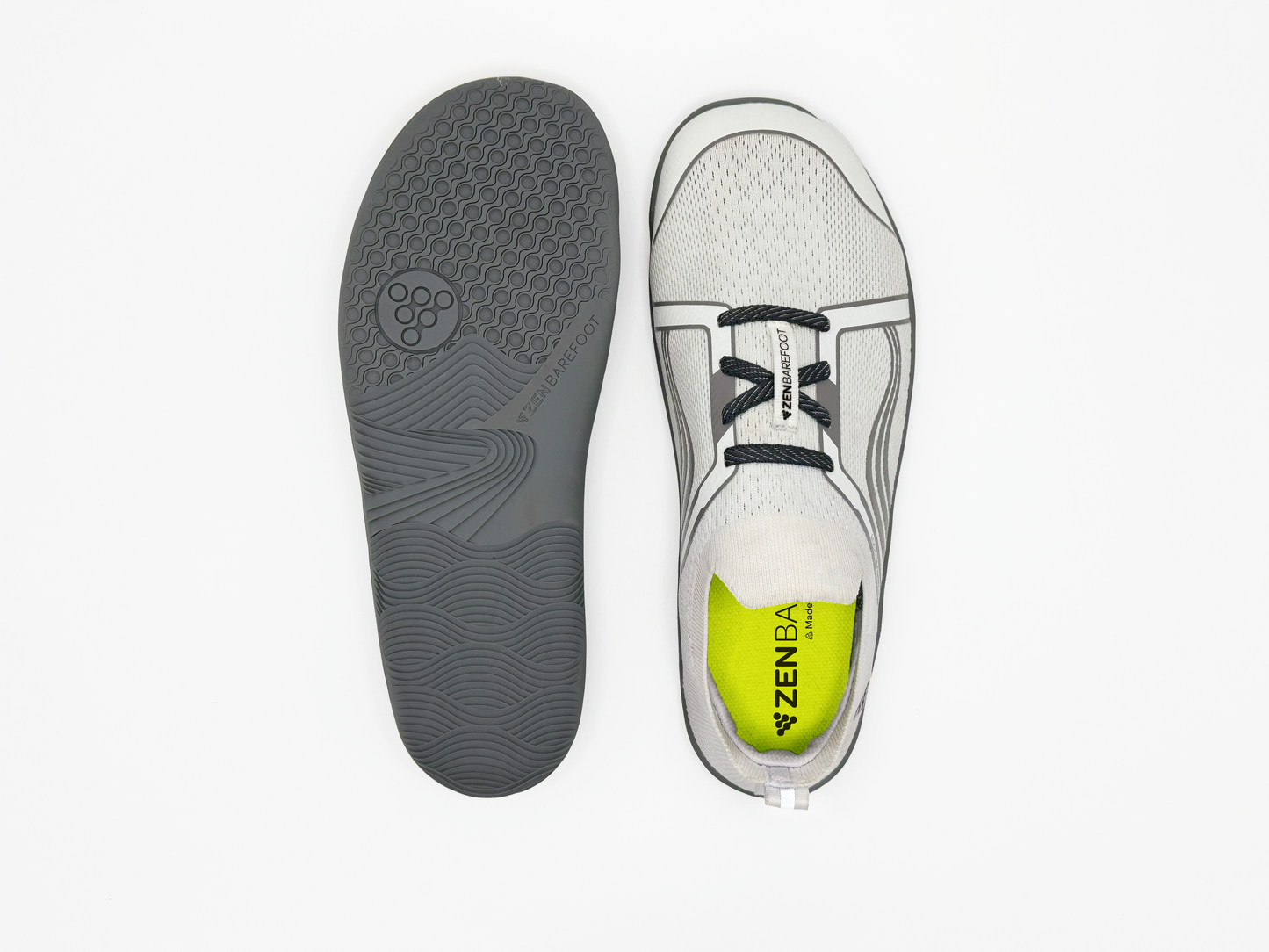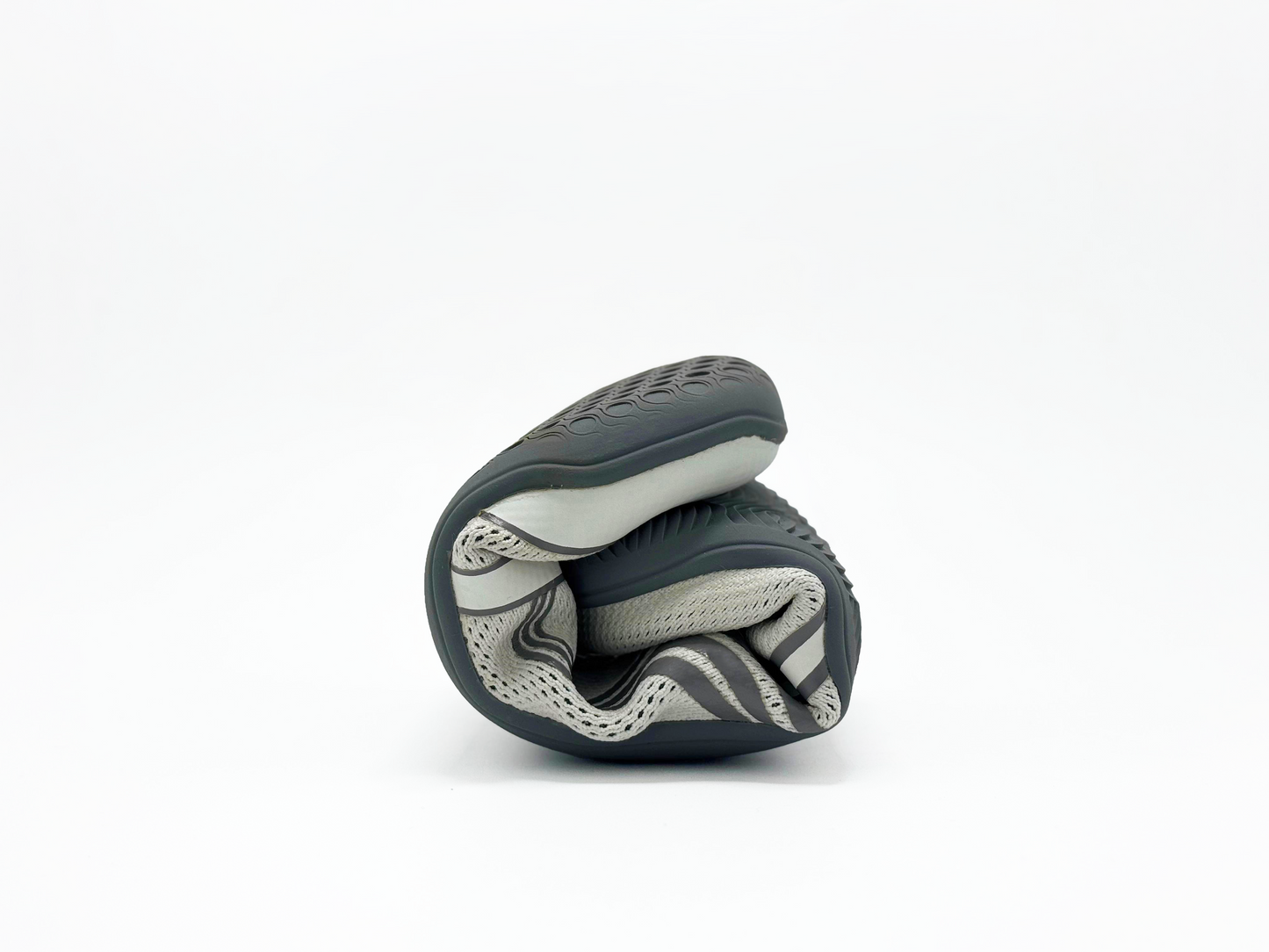
The Perfect Running Form
Anyone who has ever run, knows the importance of a running form.
Running as an activity, as a sport is fairly simple and very natural to us humans. We have been running since our childhood. It is an integral part of our lives.
With our lives getting busier however, running has become a sport and an activity for us, rather than a regular mode of movement.
When an activity is compressed into a high intensity workout, it is important we care about our form to prevent ourselves from burning out, overloading our muscles and joints, and injuring ourselves.
In this blog, we will be talking about the history of running, research on running form and injury prevention. Whether you are training for your first 5k or your tenth marathon. This blog is for you.
History Of Running
You are part of the highest endurance species on the planet. Running for exploration, for travel, for hunting; over the years of evolution, humans have become the best, when it comes to running.
It is only in the 70s however that running became a sport for most people.
This revolution was brought to our homes by the modern running shoe, Nike.
Before Nike, everyone was playing sports, recreational running was rare.
As good as the revolution has been, it brought with itself a plethora of problems in the form of running injuries.
It is estimated that 78% of all runners will face a relatively serious injury in their running journey.
When you look at the number, it is huge. Let’s dive deeper.
Research On Running Form
Research shows that there is a direct correlation between our running shoes, and the kind of injuries that we have.
A study published in The American Journal Of Sports Medicine in 1989 suggests that wearing shoes which provide additional support, and are marketed as running shoes with better cushioning, and overpronation prevention are twice as likely to injure you than regular cheap canvas shoes.
Another study published in 1991 in Medicine And Science In Sports And Exercise found similar results.
The problem? Our foot strike.
Cushioned shoes change our natural running gait. The natural flow that came to be over years and years of evolution was suddenly shadowed by overengineered, understudied pillows in the name of shoes.
A study done by Harvard in 2012 shows that the same runner when wearing shoes, receives higher ground reaction forces than when running barefoot ,causing a higher chance of injury.
The question still remains -
What is the best running form?
- Foot strike - Strike your foot as you would without shoes - your toes, not your heels. When you strike on your toes, you can actively utilize your foot arch muscles and your soleus muscle to absorb impact and provide you with the push for the next step.
- Stride length - You feet should land directly under your body, or even behind your body when striking your foot. Trying to artificially lengthen your stride by placing foot in front of your body will create higher impact forces.
- Your arms - Your arms help you create balance in your body as you run, ensure you train your arms to cope up with the rest of your body and swing them in alignment with your body.
- Drive your knees - Make sure to train your quads and hip flexors to drive your knees up and high when running, this allows you to maintain speed without adding pressure to your hips and lower back.
Over and above these suggestions - listen to your body.
As soon as we make something as fundamental as running a competition, we end up overextending ourselves for that personal best, sometimes even at the expense of our own health.
Make sure you do not push yourself beyond a point of pain and stretch regularly to lengthen your muscles.
Have a great time running.

